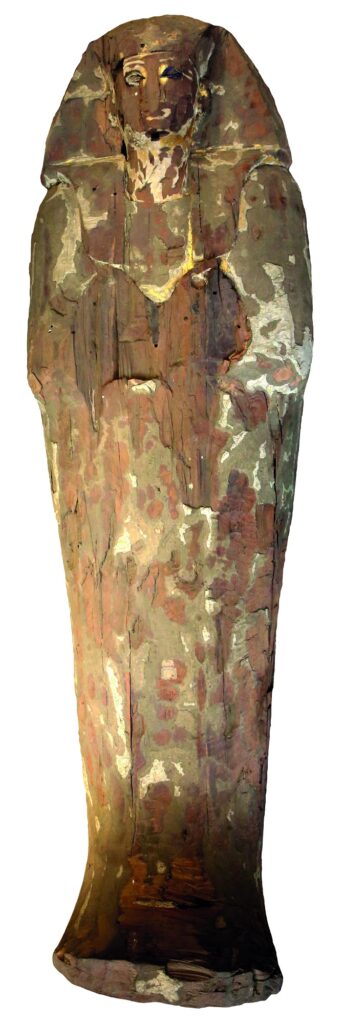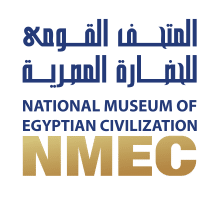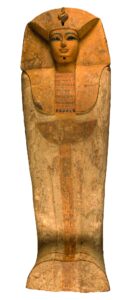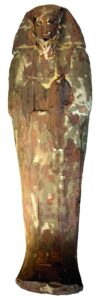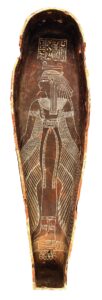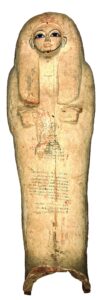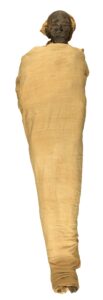Thutmose III (Menkheperre)
Son of Thutmose II and Iset I
New Kingdom, 18th Dynasty

Too young to rule at the death of his father, Thutmose III began his reign as monarch in name only. His stepmother, Hatshepsut, served as his regent for several years, and then declared herself senior pharaoh, relegating the young Thutmose III to the role of junior king.
For the next two decades, the young monarch grew into what would become his eventual role as one of the great warrior pharaohs of the New Kingdom. It seems likely that Hatshepsut gave him command of Egypt’s armies as one of his duties, as, at her death, he launched a series of military campaigns that solidified Egypt’s position as one of the region’s superpowers. Under his sole rule, the empire reached its farthest extent, from the Euphrates in the north to the Fourth Cataract of the Nile in the south. He successfully asserted Egyptian dominance in the Levant (modern-day Syria-Palestine); his battle at Megiddo, an important city in ancient Palestine, is considered a model of military strategy.
The king, who was keen on leaving his own mark on his expanding empire, was extremely active all over Egypt and Nubia. Under his guidance, Egypt carried out at least 17 major military expeditions. He also left behind evidence of major building programs, including the “Akh-Menu,” a temple in the precinct of Amun-Re at Karnak in which he carved a king list recording the names of his predecessors. Thutmose III was also known for his interest in the natural world; at Karnak, he commissioned the construction of the “botanical garden”, a chamber decorated with images of the exotic flora and fauna he and his troops had encountered in their foreign campaigns. Including his joint reign with Hatshepsut, he ruled for 54 years over a prosperous and powerful Egypt.
His tomb in the Valley of the Kings, KV 34, is remarkable for its decoration, which illustrates the journey of the sun god through the 12 hours of the night in a style that mimics drawing on papyrus. He was originally buried in a cartouche-shaped sarcophagus, which still lies in his burial chamber. However, like many of the other royal mummies, he was eventually taken to the mummy cache at Deir el-Bahari.

